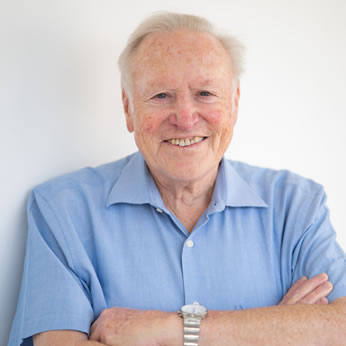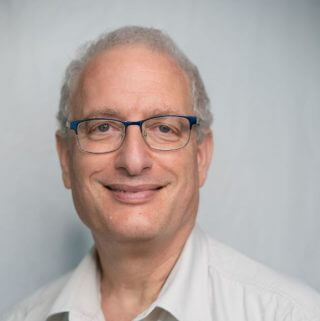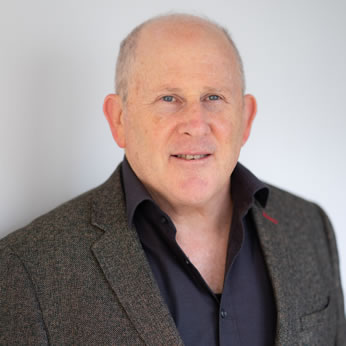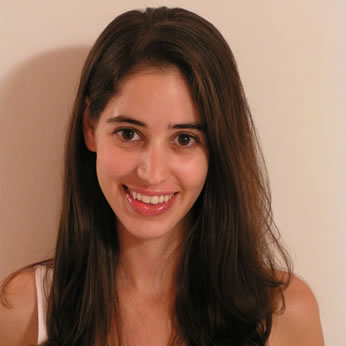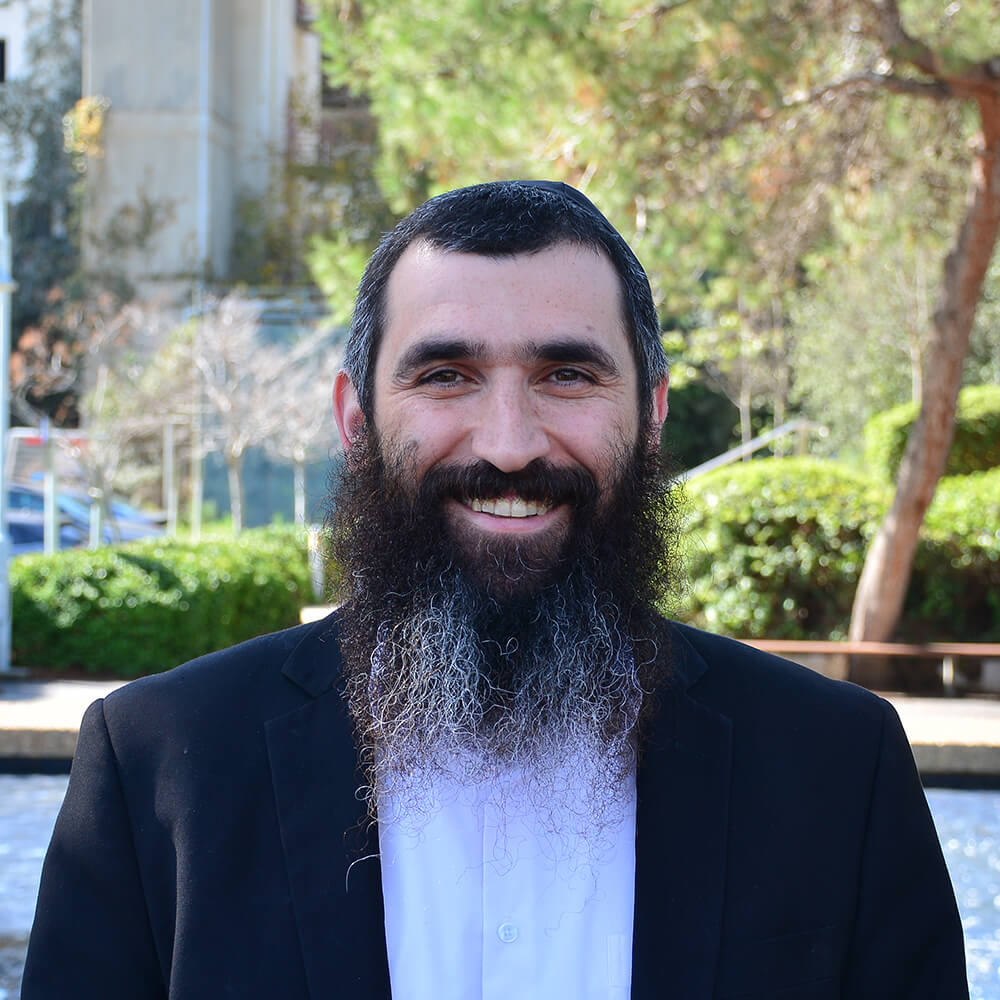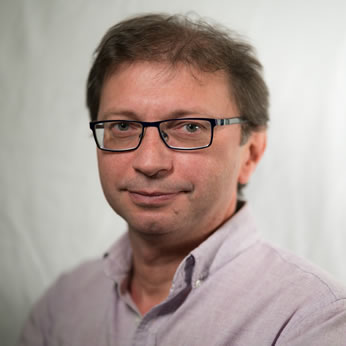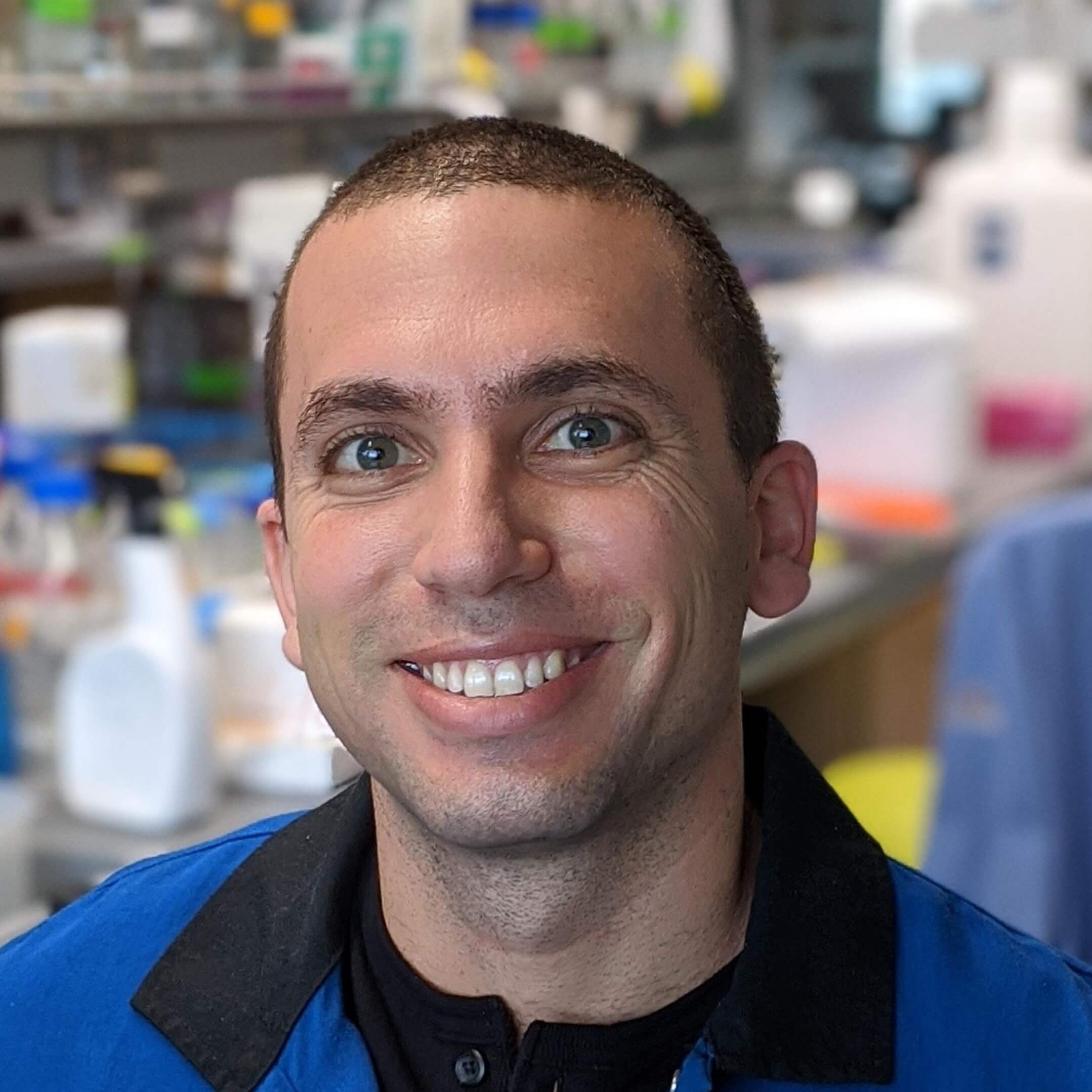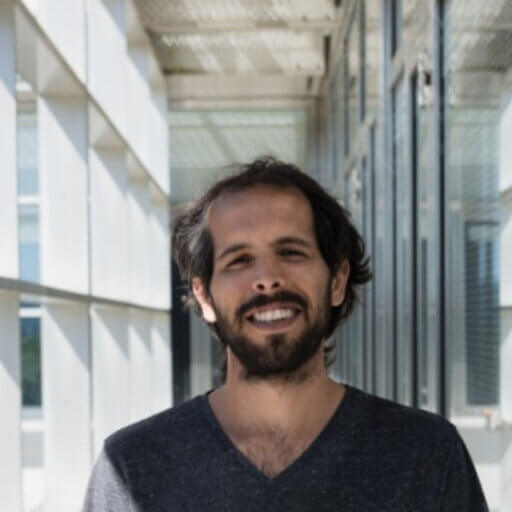Organic and Organometallic Chemistry
Synthetic Organic Chemistry
Catalysis
Organometallic Chemistry
X-ray Crystallography
Polymers
Organosilicon Chemistry
Research interests of The Gandelman group encompass areas of organic, inorganic and organometallic chemistry. We design and develop organometallic and metal-free systems with fundamentally novel properties which can be used as catalysts for important yet problematic chemical reactions. We make a main focus on the understanding of chemical and physical properties of these systems and the mechanistic features of their reactivity. Application of these novel systems to find a solution to challenging catalytic transformations, including asymmetric catalysis, with potential practical importance is our ultimate goal. Ideally, we aim for sustainable, environmentally benign one-pot reactions which generate minimal chemical waste, use non-toxic reagents and require little energy.
Catalysis by metallocorroles is emphasized by the group of Zeev Gross for the following purposes: a) enzyme-like asymmetric catalysis with proteins as the chirality inducing motif; b) decomposition of reactive oxygen & nitrogen species for treating diseases affected by oxidative stress; c) photodynamic inactivation of cancer cells and harmful microorganisms; d) electrochemical reduction of small molecules/ions for energy-relevant processes; and e) various photo-induced reactions. Regarding the latter, recent focus is on alternative energy and fuel cells, which includes the development of new chromophores for dye sensitized solar cells, the design of catalysts for the 4-electron/4-protons reduction of oxygen to water, the hydrogen evolution reaction, and for water oxidation (the oxygen evolution reaction). Another relevant approach is to take advantage of the strong reducing power of metallocorroles for the activation of small molecules/ions like carbon dioxide and halides.
The Marek group is concerned with the design and development of new and efficient stereo- and enantioselective strategies for the synthesis of important complex molecular structures. We are particularly interested in developing carbon-carbon bond forming processes, which efficiently create multiple stereocenters in a single-pot operation. Deep understanding of reaction mechanisms gives insight into the origins of chemo- and stereoselectivity, and governs optimization towards the most efficient and general protocols for our methodologies. Our vision is that we should provide an answer to challenging synthetic problems but it has to be coupled with unique efficiency and elegance.
The high efficiency and selectivity achieved by enzymatic catalysis is largely due to the cooperativity between a metal center and the functional organic molecules located at its surrounding folds.
Capitalizing on this notion, the Maayan’s group is developing biomimetic cooperative catalysts that are based on peptidomimetic oligomers called peptoids, which their versatile backbones include two or more catalytic and co-catalytic groups. These peptoids act as intramolecular cooperative catalysts in various oxidation transformations including aerobic oxidation of alcohols and electrocatalytic water oxidation, demonstrating improved catalytic efficiency.
The research of Apeloig’s group concentrates on main group chemistry, mostly organosilicon chemistry. Emphasis is mainly on the synthesis and properties of novel low-coordination compounds such as doubly- and triply-bonded silicon compounds, such as R2E=E’R2, E=C, Si, Ge, Sn, Pb and various reactive intermediates such as silyl and silavinyl anions, silylenes, etc. Novel reagents, such as metallosilanes, dimetallosilanes and metalosilavinylsilanes and are developed. Novel methods for the activation of Si-H bonds, an important industrial process, are being developed.
Despite recent advances in organometallic and inorganic chemistry, the activation and conversion of small molecules under ambient conditions remains challenging. In our lab, Graham de Ruiter, we try to solve these challenges by designing new inorganic/organometallic materials that are able to use photons and electrons in order to convert these small molecules (e.g. CO2, N2, O2) into value added chemicals.
Our approach focusses on synthesizing novel transition metal complexes that – upon light irradiation – are able to:
(i) Change their chemical environment
(ii) Utilize photo-redox process to generate highly oxidizing/reducing metal centers
By self-assembling these metal complexes unto solid surfaces, we can use the superior properties of inorganic and semiconductor materials – in light-harvesting and electron transfer – to fabricate new supramolecular architectures that can be used in catalysis and small molecule activation. The physicochemical properties of these newly synthesized materials will be investigated with a wide variety of analytical techniques including spectroelectrochemistry.
Other research directions will build upon our experience in small molecule activation, and use these principles to develop a new class of organometallic polymers that relies the activation of N2.


